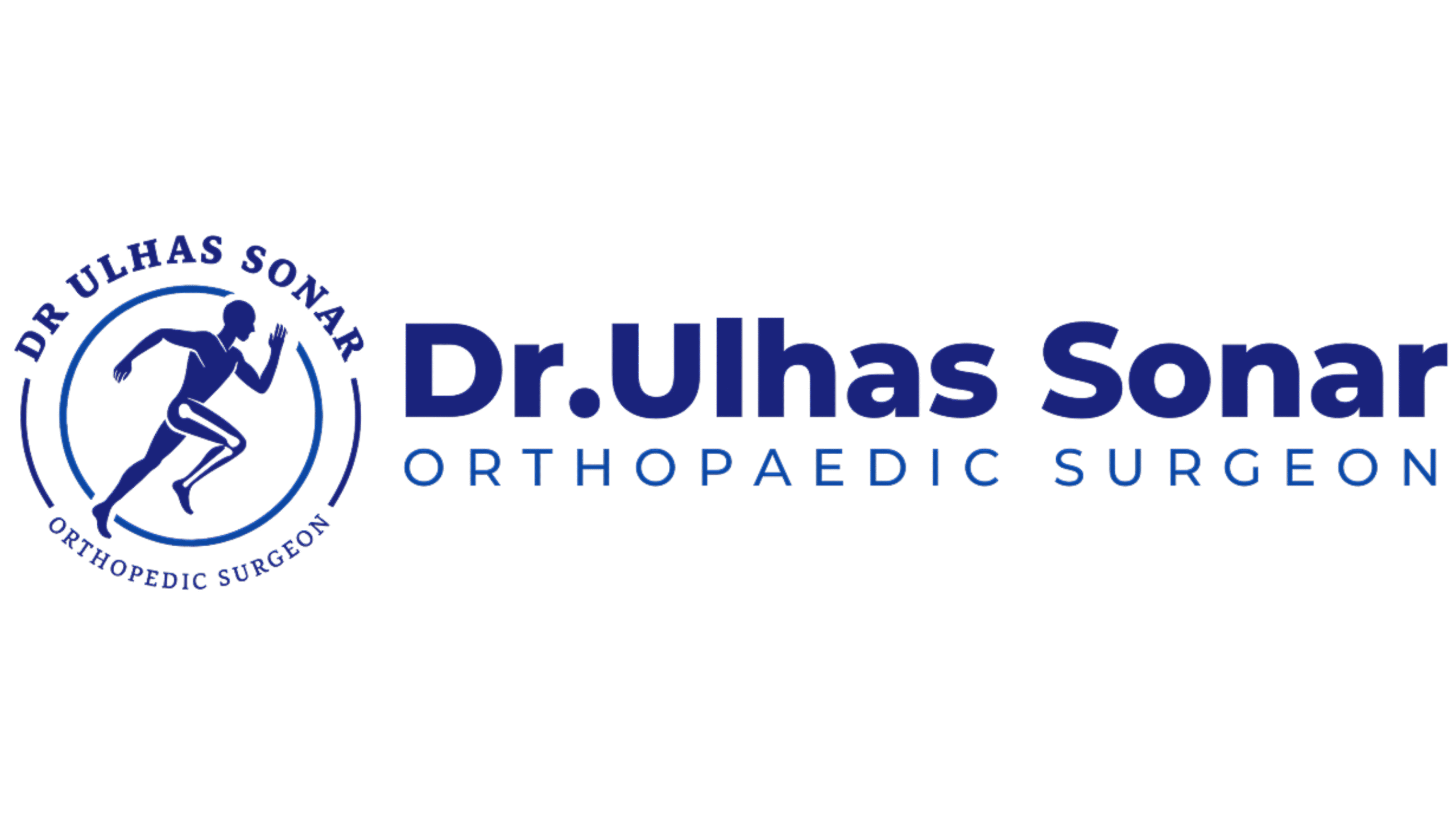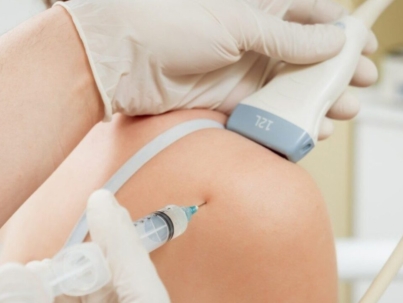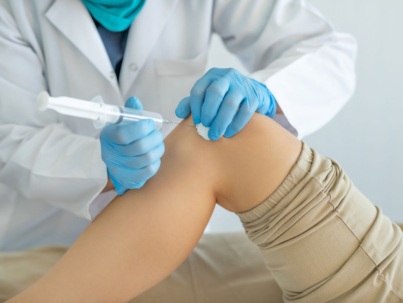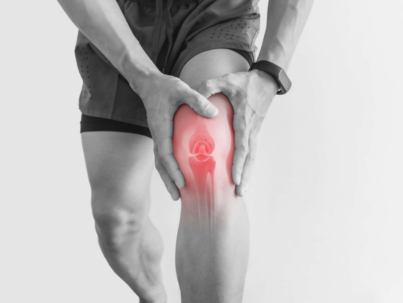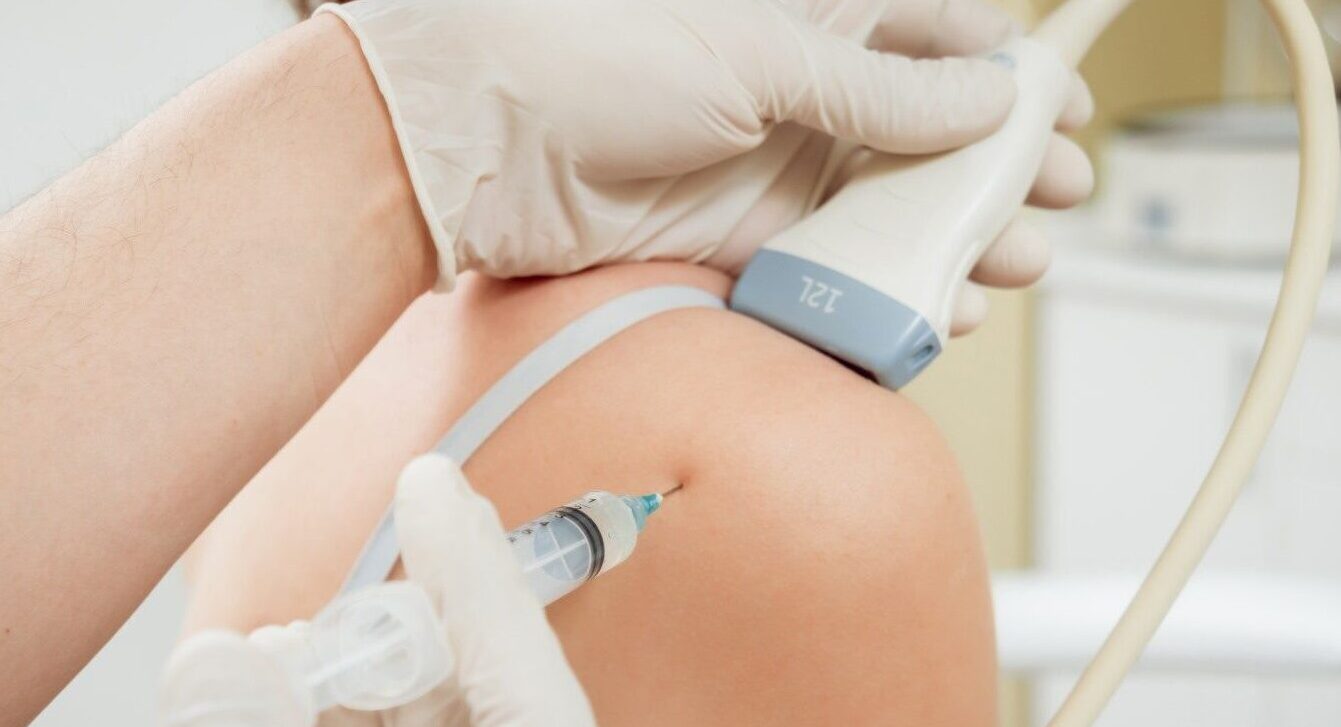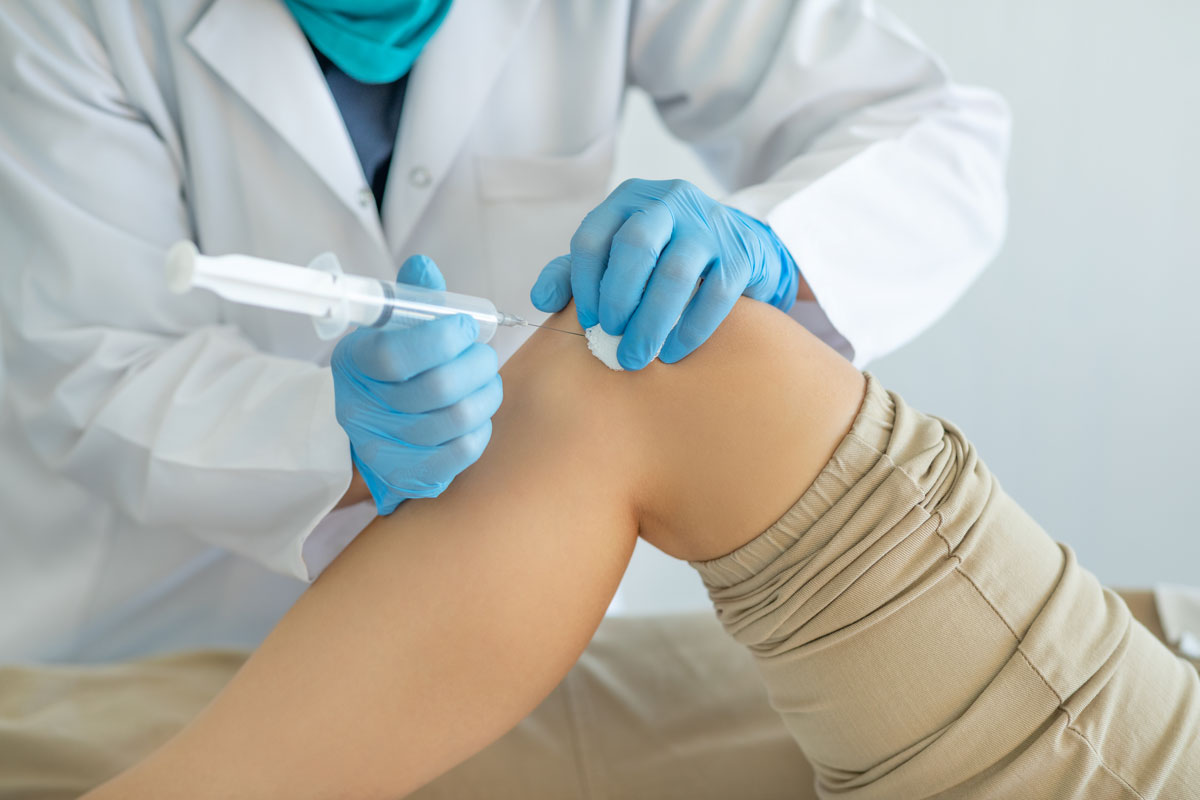Understanding Meniscus Tears
Symptoms, Treatments & Recovery Options
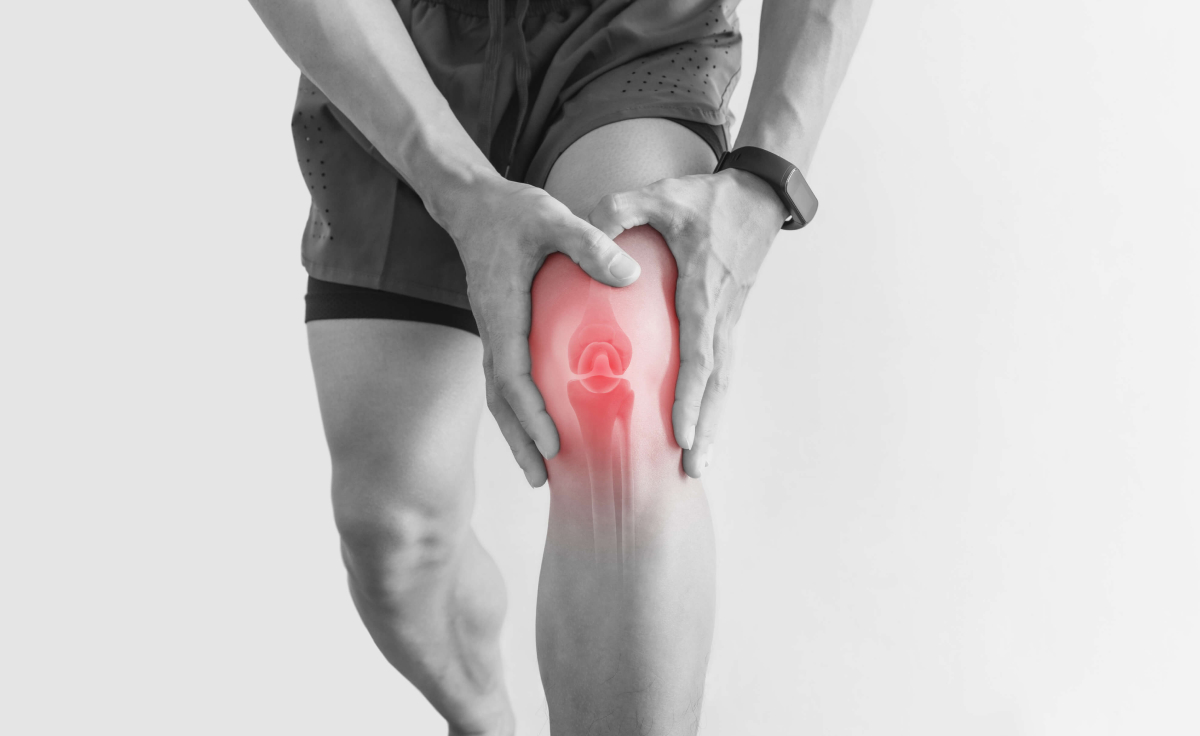
The meniscus is a C-shaped cartilage in your knee that acts as a shock absorber and helps distribute weight and stress evenly across the joint. Each knee has two menisci — medial (inner) and lateral (outer).
When this cartilage is torn, it can lead to pain, swelling, and mechanical symptoms like locking or clicking. This condition is known as a meniscal tear.
What Causes a Meniscal Tear?
Meniscus tears can occur:
- Due to trauma (twisting, squatting)
- From degenerative changes over time
- During sports or sudden movement
Common types include radial tears, bucket-handle tears, complex tears, and flap tears.
Treatment Options
1. Nonsurgical Treatment
Not all meniscus tears need surgery. Intrasubstance or partial tears without mechanical symptoms may heal with:
- Rest, Ice, Compression, Elevation (RICE)
- Pain relievers
- Steroid injections
- Physiotherapy
2. Surgical Treatment
Surgery may be recommended if:
- Symptoms persist despite conservative treatment
- There are mechanical symptoms (locking, instability)
- The patient is young with a full-thickness tear
- There’s a risk of developing arthritis if left untreated
Types of Surgery
Meniscal Repair: Preserves the meniscus using stitches — ideal for tears with good blood supply (e.g., in the red-red or red-white zones).
Partial Meniscectomy: Removes only the damaged portion of the meniscus when repair isn’t possible.
Decision depends on:
- Blood supply at the tear site
- Tear type and location
- Patient’s age and activity level
How Is It Done?
Both procedures are typically done via arthroscopy (keyhole surgery) using a camera and small instruments through tiny incisions.
Risks of Surgery
While success rates are high, potential risks include:
- Pain, stiffness, bleeding, or infection
- Blood clots (DVT/PE), nerve or vessel damage
- Failure of repair, recurrence, or progression to arthritis
- Very small risk of complications (<2%)
Final Thoughts
Meniscus tears are common but treatable. With accurate diagnosis and a tailored treatment plan — whether surgical or nonsurgical — most patients can return to active, pain-free lives. Always consult a qualified orthopedic specialist for personalized advice.

Click here to download the article:
Read more stories
Steroid Injection for Shoulder Pain: What You Should Know
Steroid Injection for Shoulder Pain What You Should Know Shoulder pain — especially from conditions like rotator cuff inflammation or...
Steroid Injections for Knee Pain: What You Need to Know
Steroid Injections for Knee Pain What You Need to Know Chronic knee pain caused by arthritis or inflammation can significantly...
Understanding Meniscus Tears: Symptoms, Treatments & Recovery Options
Understanding Meniscus Tears Symptoms, Treatments & Recovery Options The meniscus is a C-shaped cartilage in your knee that acts as...
